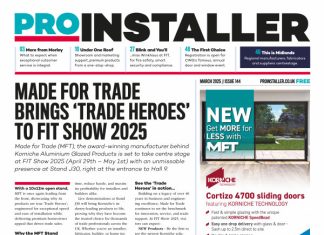A quarter of employees working in hazardous job roles believe their employers aren’t doing enough to keep them safe at work.
25% of labourers in manual professions, such as construction, thought their company’s health and safety information didn’t go into enough detail about their role and the dangers they could face, or how to deal with risky situations.
The survey of 2,000 employees, working for businesses that have over five employees, found that almost two thirds (65%) of employees have never received any information on their company’s health and safety policies.
This is despite it being a basic legal requirement for all companies with five employees or more.
The research, conducted by award-winning data capture app provider, WorkMobile, also revealed that as a result, most workers in dangerous jobs do not feel that they are well equipped to deal with a hazardous situation if one occurred.
A fifth (18%) would have no idea how to report an issue or hazard at work, despite there being a higher chance of this occurring in dangerous working environments. A quarter (25%) would have a vague idea about how to handle the situation, but would still need to ask for help or consult with the company’s procedure documents first.
Thankfully, over half (57%) of workers would know exactly what to do in a hazardous situation.
Although it is the duty of the employer to keep staff members safe, workers are also failing to take responsibility for their own welfare and follow rules that have been put in place. Almost half (48%) of those who work in a hazardous or high-risk role, such as construction, have not read their operations manual. Surpisingly, those who work in low-risk roles, like office work, are more likely to read their company’s health safety guidance – almost two thirds (60%) of these employees have read the health and safety documents they were provided with, despite being exposed to fewer hazards.
The survey was conducted as part of WorkMobile’s ‘Work Safe’ report, which looks at the current state of health and safety in the UK and where improvements need to be made to protect workers.
For more information, please visit: http://www.workmobileforms.com/research-and-whitepapers/












